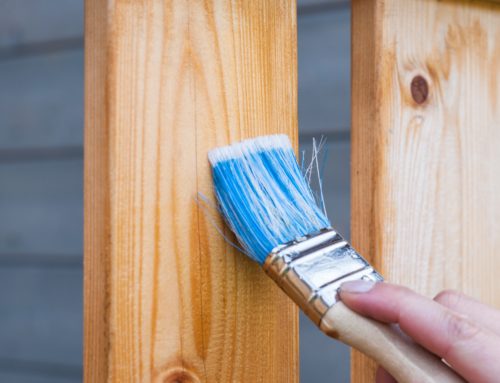By: Lisa Kaplan Gordon Reprinted from HouseLogic.com with permission of the NATIONAL ASSOCIATION OF REALTORS®.
Don’t take your old garden friends — perennial flowers — for granted. A little routine love keeps these stunners growing for blooming’ ever. ROI, anyone?
You don’t need a calendar if you grow perennial flowers, which return each year like clockwork. But home owners often take these Old Faithfuls for granted. We don’t divide, deadhead, or cut back like we should. Before we know it, our lush hydrangeas are barren, and our salvia has run amuck. Luckily, perennial flowers are a forgiving bunch; and with a little love, will keep on blooming — a nice ROI. Here’s how to care for your perennials and protect your landscape year after year.
 Chose varieties, location wisely
Chose varieties, location wisely
Growing perennial flowers is all about planting the right flower in the right spot. In other words: Know thy garden, and read thy plant label. “I’ve had couples in here fighting about whether a spot is sunny or shady,” says Alison Caldwell, buyer for Hicks Nurseries on Long Island, N.Y. “You really must know your site — sunny, shady, clay soil, or sandy — and then pick the appropriate plant.” Grow labels tells you everything a plant loves — partial shade or full sun, a lot of water or a little drought. “Succulents favor droughts, so don’t plant them next to a sprinkler head,” Caldwell says. “And hostas don’t want to be in full sun — their leaves burn.” Some hardy perennial flowers that grow from coast to coast, Florida to Maine, include:
- Ornamental grasses
- Hostas
- Daylilies
- Iris
- Mums
- Salvia
- Yarrow
Most perennial flowers appreciate well-drained soil; so, if necessary, amend your compacted or clay soil with leavening organic matter like compost, peat moss, and manure. This will create tiny pockets that contain air, water, and nutrients — the building blocks of healthy plants. Warning: Never try to break up clay soil with sand alone. Sand + clay + water = cement.
Mulch miracles
Mulching perennials gives them a fighting chance of surviving climate swings — frigid winters, blistering summers. After planting, mound up to 4 inches of mulch around the plant base. This insulation will keep soil temperature and moisture levels relatively constant, and protect plants from surprises — plants don’t like surprises — like record-warm winters and summer heat waves.
Divide and nurture in spring
Perennial flowers return each year bigger and better … until they don’t. Overcrowding could be the culprit, and dividing the plant is the answer. You know it’s time to divide when blooms are fewer and smaller, and when the plant’s center is open or dead. “When it comes to dividing, every plant is a little different,” says Lance Walheim, author of Roses for Dummies and an expert at Bayer Advanced Garden, which makes lawn and pest products. You can break daylilies apart with your hand, but you’ll have to divide salvia’s hard root ball with a shovel or other sharp landscape tools. Plant and fertilize divisions in bare spots around your yard. Or have a perennial swap with neighbors — your daylilies for their hostas. If you decide not to divide, stake drooping stalks to protect against disease.
Deadhead in summer; cut back in fall
After blooms are spent, lop off their heads to direct energy to a second bloom, rather than a seed head. When the growing season is finished, and you’re cleaning up your garden for winter, cut off dead stalks and foliage. This will help plants get a good rest and return healthier and happier in spring.
Lisa Kaplan Gordon is an avid gardener, a member of the Fairfax County Master Gardeners Association, and a builder of luxury homes in McLean, Va. She’s been a Homes editor for Gannett News Service and has reviewed home improvement products for AOL. Follow Lisa on Google+.











